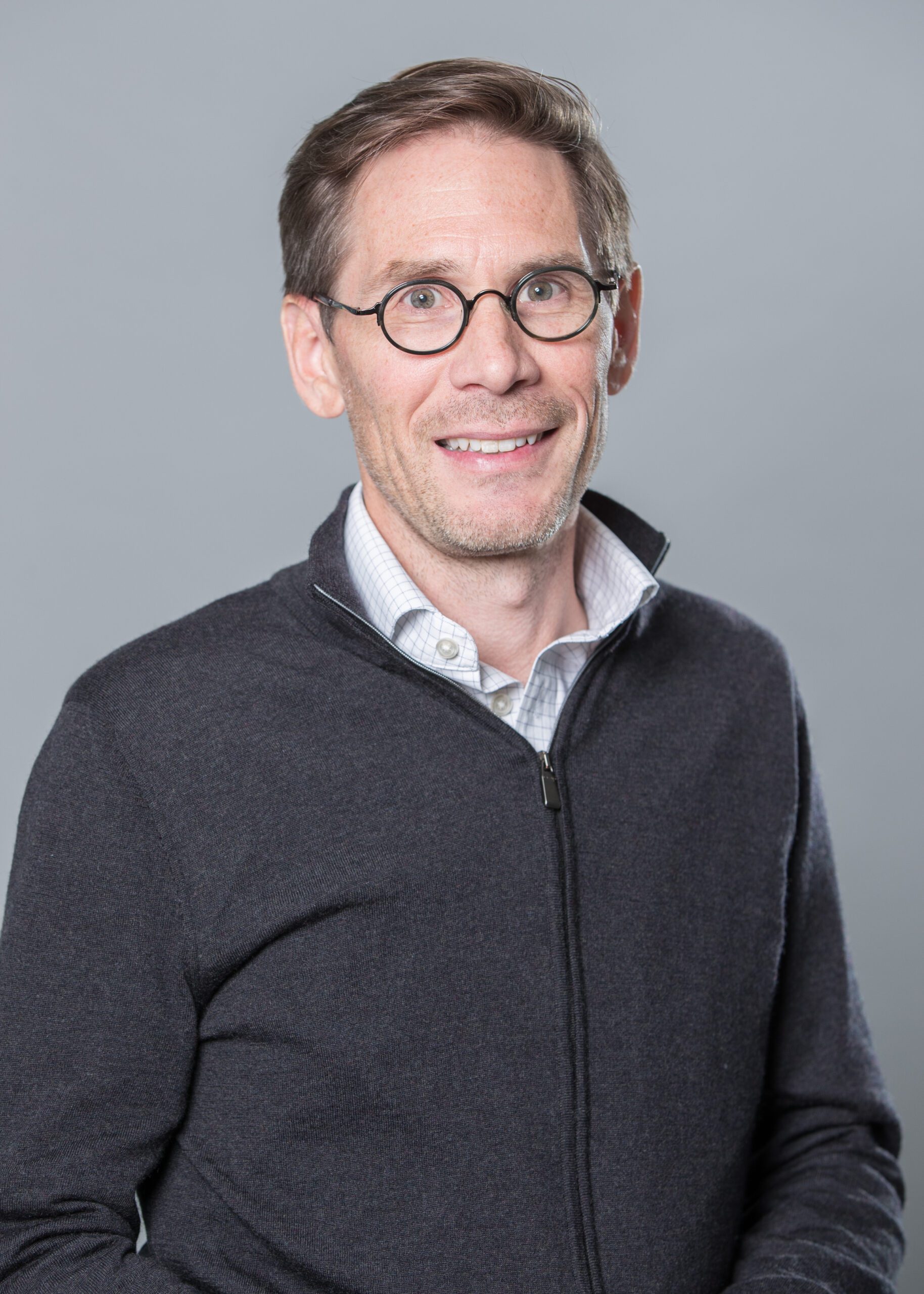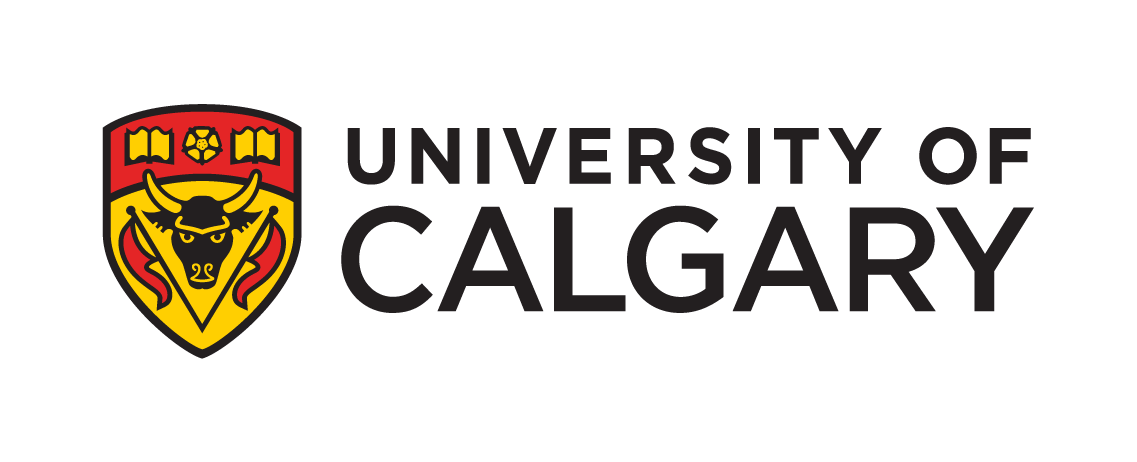
By Pamela Hyde, University of Calgary
 Scar-free healing – the idea that human tissues could heal from a wound with no trace left behind – sounds like a medical miracle. But to University of Calgary researcher Dr. Jeff Biernaskie, it sounds like a possibility in the not-so-distant future.
Scar-free healing – the idea that human tissues could heal from a wound with no trace left behind – sounds like a medical miracle. But to University of Calgary researcher Dr. Jeff Biernaskie, it sounds like a possibility in the not-so-distant future.
Our bodies create scar tissue to heal wounds quickly to prevent infection. But scar tissue is dysfunctional skin, without hair follicles, sweat glands, or the range of motion of healthy skin. Scars that cover large areas of a person’s body, such as burn scars, can lead to life-long health challenges and a continuing burden on health care.
But in 2022, Biernaskie made a discovery that could form the basis of scar-free healing treatments for humans.
He observed that caribou can regenerate tissue, as seen in their antlers that shed in winter and regrow over the summer. With further research, Biernaskie and his research team in the Faculty of Veterinary Medicine (UCVM) found that if caribou have two identical wounds: one on the velvet skin that covers their antlers, and one on the skin of their back, the velvet skin regenerates back to normal without scar, while the back skin forms a raised, dysfunctional scar, similar to what would occur in humans.
Q: Why do these wounds heal differently?
A: Using cutting-edge genetic approaches, we found that connective tissue cells in the dermis caribou back skin, called fibroblasts, provide signals to the immune system that intensifies their response to injury and biases the healing process to form scars. However, fibroblasts in the velvet decrease inflammation during wound healing and leads to regeneration instead.
Q: How will this discovery help shape the future of regenerative medicine for humans?
A: This model provides – for the very first time – a blueprint for how adult mammals can regenerate tissue. The skin anatomy of a caribou is similar to a human’s. We can use this model to understand what is happening when tissue forms a scar, versus when its regenerating and restoring normal function back to injured tissue.
This is providing us with avenues to develop drugs or regenerative therapies that could modify the wound healing process, so that you can eliminate scar formation and restore skin function after an injury. Drugs that prevent scarring in skin may also provide benefit in other fibrotic diseases, like heart attacks or kidney fibrosis.
Q: What is innovative about your approach to this research?
A: Our approach relies on interdisciplinary collaboration between stem cell biologists like myself, large animal veterinarians in UCVM, and biomedical engineers from the Schulich School of Engineering in order to understand this process more closely. UCalgary is set up for interdisciplinary collaboration, and it’s one of the strengths we bring to tackling the complex problem of wound healing.
Our work is also supported by my Calgary Firefighters Burn Treatment Society Chair in Skin Regeneration. Their goal is to provide improved care for patients in the burn unit, and to develop innovative treatments that can restore quality of life. They are visionary partners who inspire our research.
Jeff Biernaskie, PhD, is a professor in the Faculty of Veterinary Medicine and the Department of Surgery at the Cumming School of Medicine at UCalgary.

The University of Calgary is a Member of Research Canada: An Alliance for Health Discovery and a Sponsor of the Parliamentary Health Research Caucus Morning Panel and Luncheon, Breakthrough Stem Cell Research & the Power of Regenerative Medicine. Visit rc-rc.ca to learn more.
